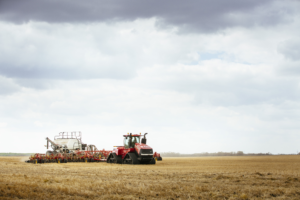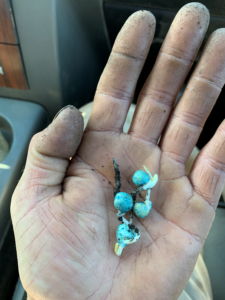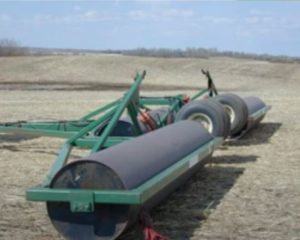Field Pea – Seeding
Field pea is well adapted to direct seeding or reduced tillage systems. For best results, follow the recommendations in this section on selecting a site, seeding management, residue management, and fertilization. For control of weeds, please seed Weed Control.

Selecting a SiteField site selection is key when planning for field pea in the rotation. |
|
PLAN AHEAD |
|
CHOOSE |
|
AVOID |
|
MAINTAIN GOOD RECORDS |
|
FIELD PEA SEEDING RECOMMENDATIONS
|
|
SEED |
|
SEEDING DATES |
|
SEEDING DEPTH |
|
SEEDING RATE CALCULATOR |
|
Seeding Rates |
|
Seeds Per Pounds |
|
SOIL TEMPERATURE |
|
Other Considerations |
|
TYPE OF EQUIPMENT |
|
GROWTH STAGES |
To understand the growth stages of the Field pea, refer to Field Pea Growth Staging Guide. See Weed Control for correct application of herbicides. |
Seed Quality Testing and Evaluation
|
|
GERMINATION TESTING |
|
VIGOUR TESTING |
|
variables impacting seed quality |
|
combined testing |
|
Evaluation |
|
Residue Management |
|
FALL PRIOR |
|
Direct Seeding Considerations |
|
ROTATIONAL PLANNING |
|
Land Rolling
|
|
PURPOSE |
|
|
IDEAL TIMING |
|
after the 5th node |
|
Water Ballast |
|
headlands |
|
resources |
|
resources
- Agriculture Labs for Seed, Soil, Plant and Disease Diagnostics
- Seed Quality is Important
- Seeding Tips for Peas
- Spring Frost Damage to Pulses
LINKS
Special thanks to Saskatchewan Pulse Growers.



